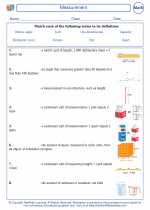Inverse Property
The inverse property is a fundamental concept in mathematics, particularly in the study of operations such as addition and multiplication. It states that for any given operation, there exists an inverse operation that undoes the effect of the original operation. In other words, when an operation is performed on a number and then its inverse operation is applied, the result is the original number. The inverse property is often used in solving equations and simplifying expressions.
Additive Inverse Property
The additive inverse property states that for any real number a, there exists a number -a such that a + (-a) = 0. In other words, the sum of a number and its additive inverse is equal to zero. The additive inverse of a number a is sometimes denoted as -a.
Multiplicative Inverse Property
The multiplicative inverse property states that for any non-zero real number a, there exists a number 1/a such that a * (1/a) = 1. In other words, the product of a number and its multiplicative inverse is equal to one. The multiplicative inverse of a number a is often denoted as 1/a or a-1.
Examples
Example 1: Additive Inverse
If a = 5, then the additive inverse of a is -5 because 5 + (-5) = 0.
Example 2: Multiplicative Inverse
If a = 3, then the multiplicative inverse of a is 1/3 because 3 * (1/3) = 1.
Study Guide
- Understand the concept of inverse operations.
- Learn the additive inverse property and how to find the additive inverse of a number.
- Study the multiplicative inverse property and how to find the multiplicative inverse of a non-zero number.
- Practice solving equations using the inverse properties.
- Apply the inverse properties to simplify expressions and solve problems.
Understanding the inverse property is crucial for mastering algebraic concepts and problem-solving in mathematics. With practice and application, you can become proficient in using the inverse property to manipulate and solve mathematical expressions.
.◂Math Worksheets and Study Guides Fourth Grade. Measurement
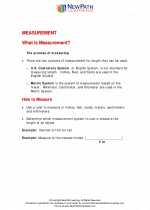
 Activity Lesson
Activity Lesson
 Activity Lesson
Activity Lesson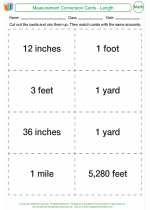
 Activity Lesson
Activity Lesson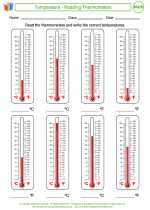
 Worksheet/Answer key
Worksheet/Answer key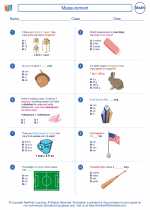
 Worksheet/Answer key
Worksheet/Answer key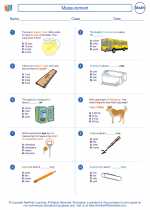
 Worksheet/Answer key
Worksheet/Answer key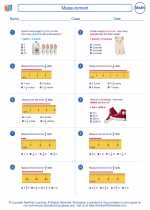
 Worksheet/Answer key
Worksheet/Answer key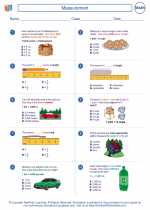
 Worksheet/Answer key
Worksheet/Answer key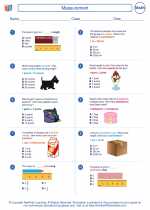
 Worksheet/Answer key
Worksheet/Answer key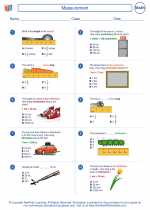
 Worksheet/Answer key
Worksheet/Answer key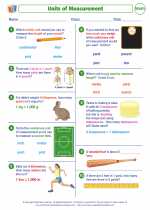
 Worksheet/Answer key
Worksheet/Answer key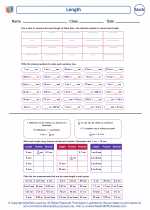
 Worksheet/Answer key
Worksheet/Answer key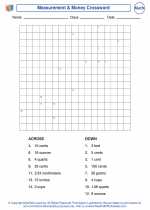
 Worksheet/Answer key
Worksheet/Answer key
 Vocabulary/Answer key
Vocabulary/Answer key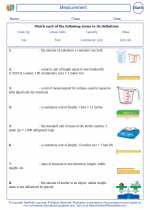
 Vocabulary/Answer key
Vocabulary/Answer key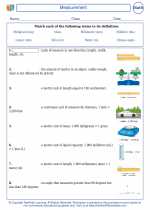
 Vocabulary/Answer key
Vocabulary/Answer key